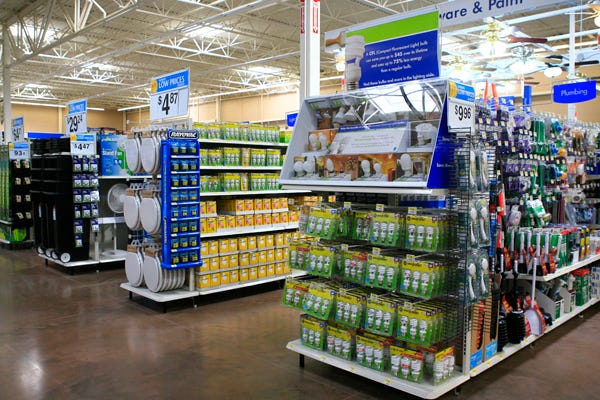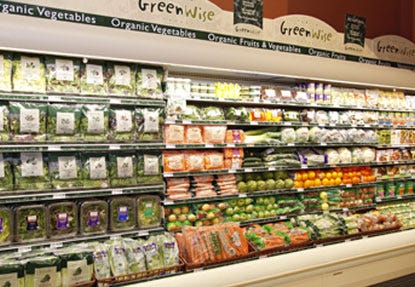It's rare to have a conversation about packaging sustainability and not mention the Walmart packaging scorecard. But when Walmart introduced its scorecard five years ago, even the company was surprised at the response.
June 6, 2012
It's rare to have a conversation about packaging sustainability and not mention the Walmart packaging scorecard. But when Walmart introduced its scorecard five years ago, even the company was surprised at the response.
"I don't believe Walmart at the time foresaw the size of the impact," said Ron Sasine, senior director of packaging for Walmart. "We knew we were providing tools others might use and said, at the time, we were developing something that we want the industry to feel free to benefit from. But the scale and size of impact has been larger than we anticipated."
The Walmart packaging scorecard is a measurement tool that forced suppliers to evaluate themselves relative to other suppliers, based on specific metrics. The scorecard evaluates many environmental attributes of packaging, including greenhouse gas reductions, substrate material choices, and chemical composition. 
The company is working to reduce its packaging in its supply chain by 5%.
While there are plenty of documented environmental attributes to sustainability, it also provided a business benefit to the retail chain. Since implementing the scorecard and making a commitment to build a sustainable future, Walmart has increased sales from $315 billion to $444 billion.
"Sustainability at its heart is making systems more efficient," Sasine said. "It's a better way and it's also a benefit to do things better for the environment and supply chain."
In 2009, Walmart introduced its sustainability index to establish a single source of data for evaluating the sustainability of its products.
Walmart plans to expand the supplier scorecards to 100 major product categories by the end of this year. For each category, suppliers will be ranked according to sustainability progress. Scorecard items will include questions for greenhouse gas emissions, energy efficiency and waste, and questions relevant to each category.
Whole Foods Market issued its own set of packaging guidelines. In 2010, the upscale grocery store operator stated all of its more than 2,100 body care and supplement suppliers must meet the packaging guidelines before their products can be sold in one of the company's more than 300 locations in the U.S., Canada and the U.K. In addition, the company switched to post-consumer recycled (PCR) content bottles for several of its store-brand supplements and body care products.
Publix also implemented several changes to its packaging and has additional projects underway, Brous said. By switching to a new vendor, Publix reduced the plastic resin in the bottles used for its private label bottled water over seven grams per bottle, which has helped Publix save over 3.6 million pounds of plastic per year.
 "Often times, packaging is excessive in comparison to the actual product in the package," she said. "By continuing to reduce packaging excess, we become increasingly more efficient, allowing us to ship and store more products while reducing the amount of resources needed to operate our supply chain."
"Often times, packaging is excessive in comparison to the actual product in the package," she said. "By continuing to reduce packaging excess, we become increasingly more efficient, allowing us to ship and store more products while reducing the amount of resources needed to operate our supply chain."
The chain also worked with its film supplier to identify a more sustainable film for the sealing of deli salads. The new film is comprised of 30% post-consumer recycled material, and being used in its Deli Kitchen Manufacturing plant.
In addition, Publix Pharmacy was the first regional supermarket chain to introduce prescription vials made from both new and PCR PET plastic. Last year, Publix recycled more than 2.3 million vials returned to its pharmacies by customers.
"Publix's continued success depends upon sustaining our environment, the people in our company and communities, and our business," she said. "Publix has always been committed to the responsible use of environmental resources. That's why we make reductions wherever practical in our consumption of energy, fuel, water and materials."
About the Author(s)
You May Also Like


